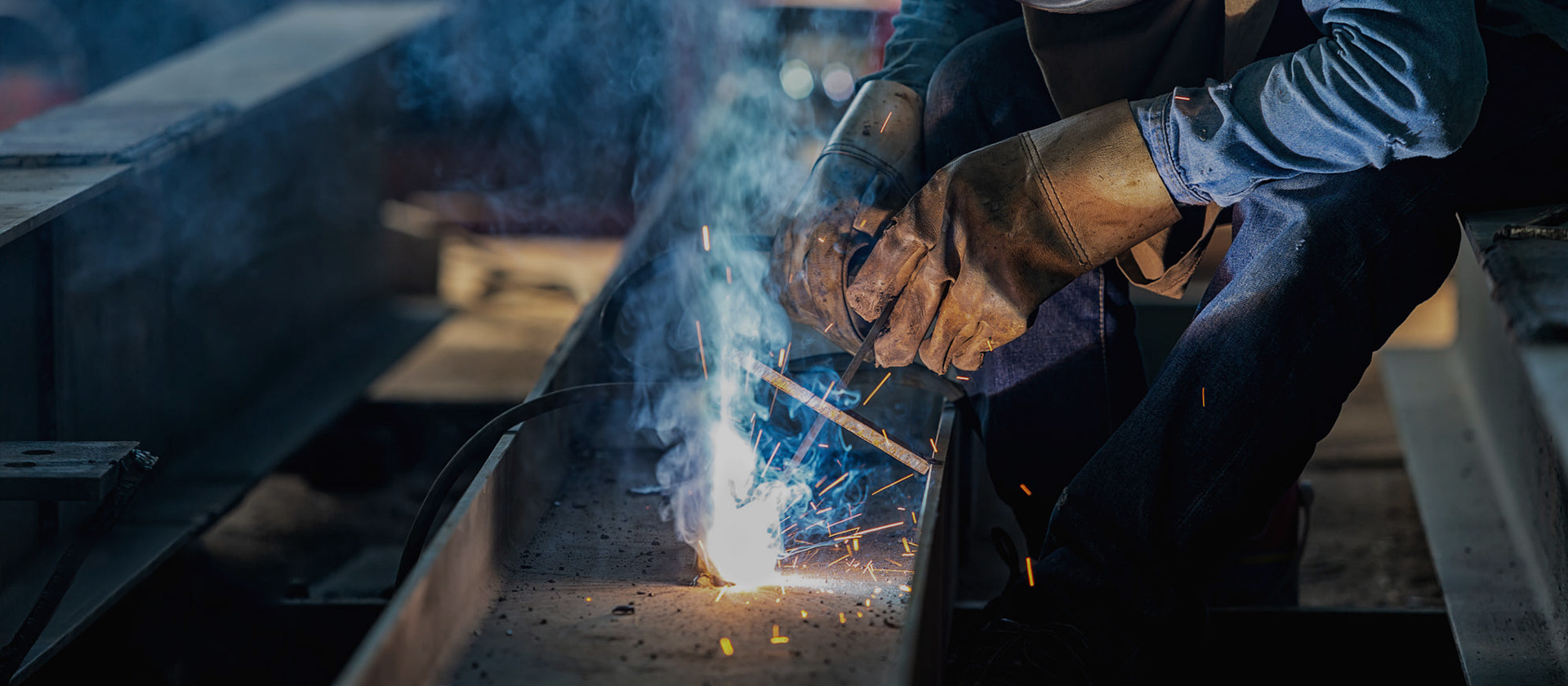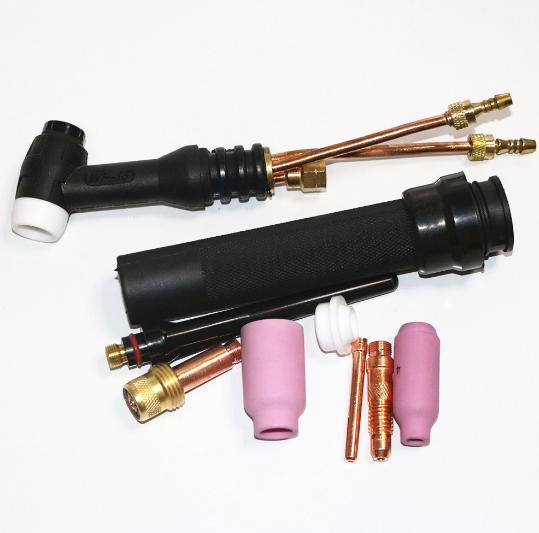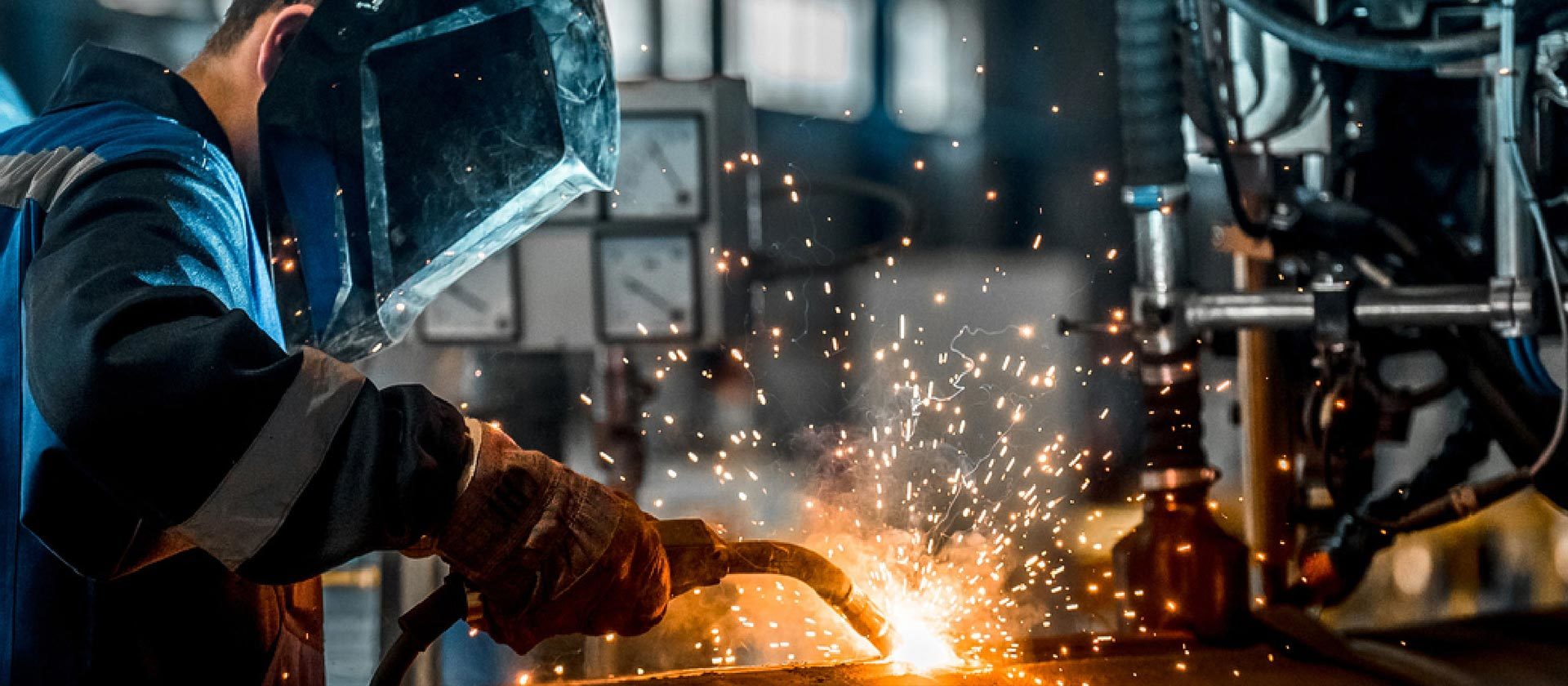language
Enhancing Welding Efficiency: The Role of Welding Wire Feeders
Jul 11,2025
Welding wire feeders are essential components in the welding process, particularly in MIG (Metal Inert Gas) welding and other wire-fed welding systems. These devices are responsible for delivering welding wire to the welding arc at a controlled speed and flow, ensuring a consistent and reliable feed. Understanding the intricacies of welding wire feeders can significantly enhance welding efficiency
Welding wire feeders are essential components in the welding process, particularly in MIG (Metal Inert Gas) welding and other wire-fed welding systems. These devices are responsible for delivering welding wire to the welding arc at a controlled speed and flow, ensuring a consistent and reliable feed. Understanding the intricacies of welding wire feeders can significantly enhance welding efficiency and quality, making it crucial for professionals in the industrial equipment sector to familiarize themselves with their operation and maintenance.
One of the primary functions of a welding wire feeder is to ensure an uninterrupted supply of welding wire. This consistent feeding allows for smoother operations and reduces the likelihood of defects in the weld. By utilizing a wire feeder, welders can focus on the welding process itself, rather than constantly managing the wire supply. Additionally, modern wire feeders come equipped with advanced features such as adjustable feed speed settings, which allow operators to customize the wire delivery rate based on the requirements of the specific welding task.
The benefits of using welding wire feeders extend beyond operational efficiency. They contribute to improved weld quality by ensuring that the correct amount of wire is delivered to the weld pool, reducing the risk of burn-through and inconsistent welds. Furthermore, some wire feeders are designed for use with various wire types and diameters, providing versatility for a range of welding applications. This adaptability makes them an invaluable tool in industries such as automotive, construction, and manufacturing.
Maintenance is a critical aspect of ensuring that welding wire feeders operate at peak performance. Regular inspections of the feeder components, such as rollers and drive wheels, are necessary to prevent wear and tear that can lead to inconsistent wire feeding. Keeping the wire feeder clean and free of debris is also crucial, as contaminants can affect the wire's flow and ultimately the quality of the weld. Additionally, operators should be familiar with troubleshooting common issues, such as wire jams or incorrect feed rates, to enhance workflow and minimize downtime.
In conclusion, welding wire feeders play a vital role in the welding process, enhancing efficiency and ensuring high-quality results. By understanding the operation, benefits, and maintenance of these devices, professionals can optimize their welding operations and achieve superior outcomes. Investing time in learning about welding wire feeders will not only improve operational workflows but also lead to better-quality welds, ultimately benefiting the overall production process in various industrial applications.
One of the primary functions of a welding wire feeder is to ensure an uninterrupted supply of welding wire. This consistent feeding allows for smoother operations and reduces the likelihood of defects in the weld. By utilizing a wire feeder, welders can focus on the welding process itself, rather than constantly managing the wire supply. Additionally, modern wire feeders come equipped with advanced features such as adjustable feed speed settings, which allow operators to customize the wire delivery rate based on the requirements of the specific welding task.
The benefits of using welding wire feeders extend beyond operational efficiency. They contribute to improved weld quality by ensuring that the correct amount of wire is delivered to the weld pool, reducing the risk of burn-through and inconsistent welds. Furthermore, some wire feeders are designed for use with various wire types and diameters, providing versatility for a range of welding applications. This adaptability makes them an invaluable tool in industries such as automotive, construction, and manufacturing.
Maintenance is a critical aspect of ensuring that welding wire feeders operate at peak performance. Regular inspections of the feeder components, such as rollers and drive wheels, are necessary to prevent wear and tear that can lead to inconsistent wire feeding. Keeping the wire feeder clean and free of debris is also crucial, as contaminants can affect the wire's flow and ultimately the quality of the weld. Additionally, operators should be familiar with troubleshooting common issues, such as wire jams or incorrect feed rates, to enhance workflow and minimize downtime.
In conclusion, welding wire feeders play a vital role in the welding process, enhancing efficiency and ensuring high-quality results. By understanding the operation, benefits, and maintenance of these devices, professionals can optimize their welding operations and achieve superior outcomes. Investing time in learning about welding wire feeders will not only improve operational workflows but also lead to better-quality welds, ultimately benefiting the overall production process in various industrial applications.
PREVIOUS:
Add
Xing village, lvgongbao town, renqiu city, hebei province, china









